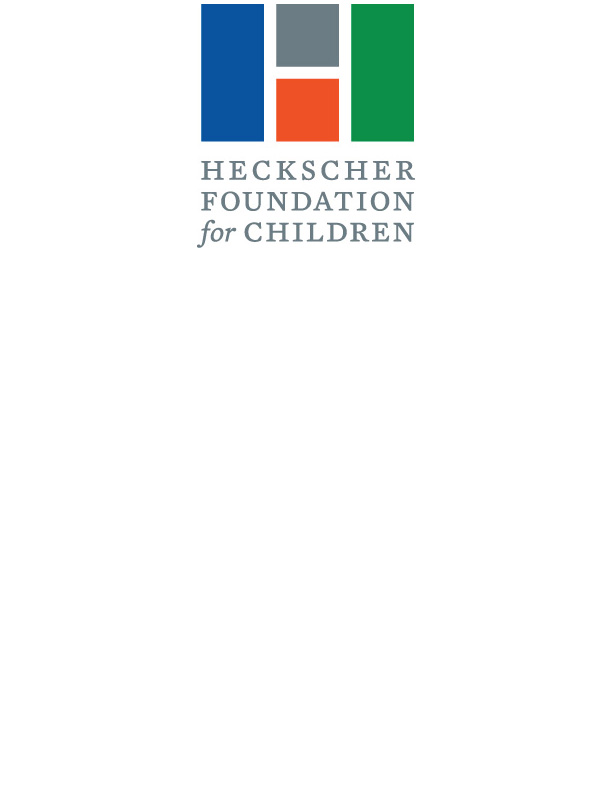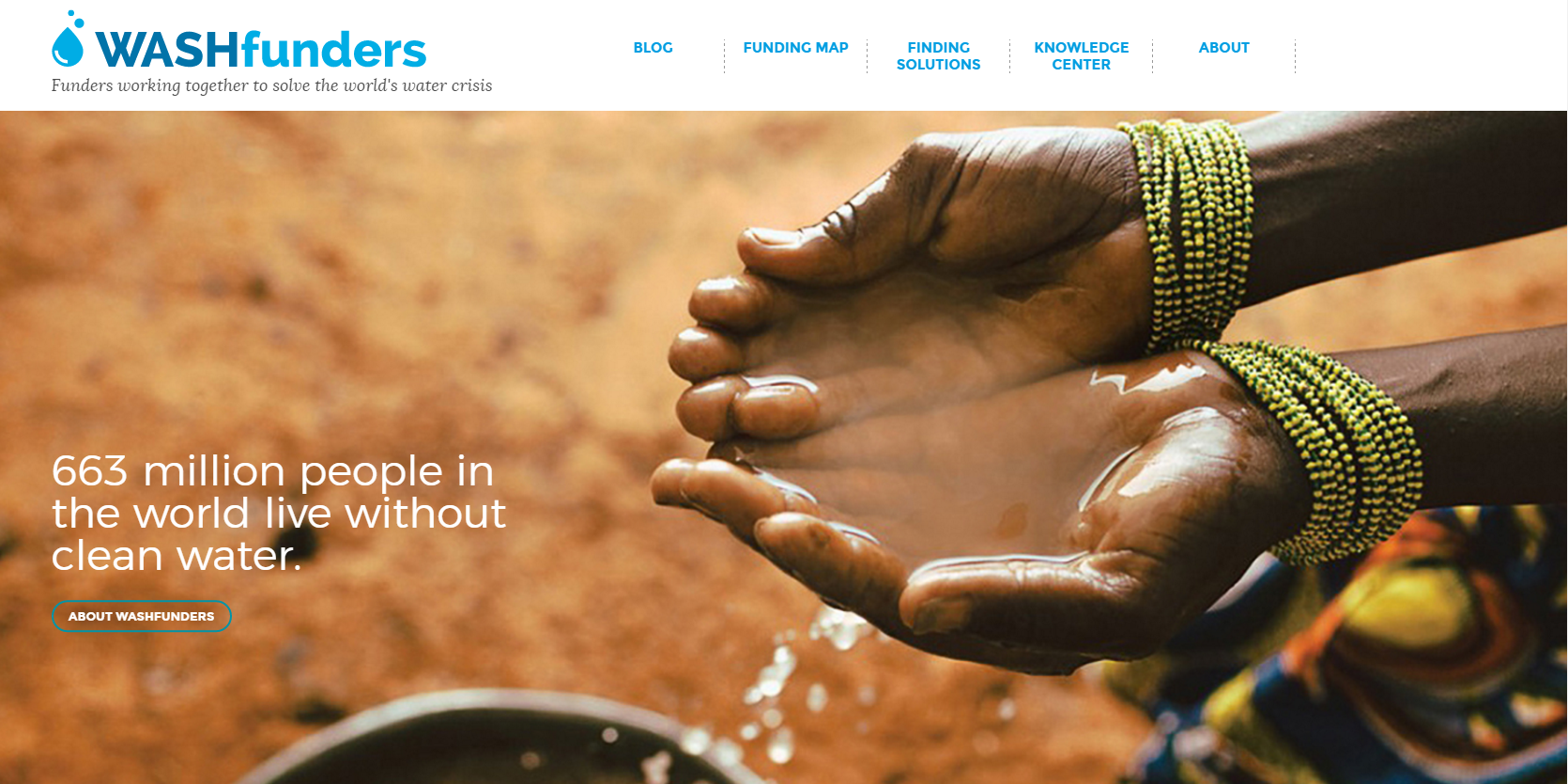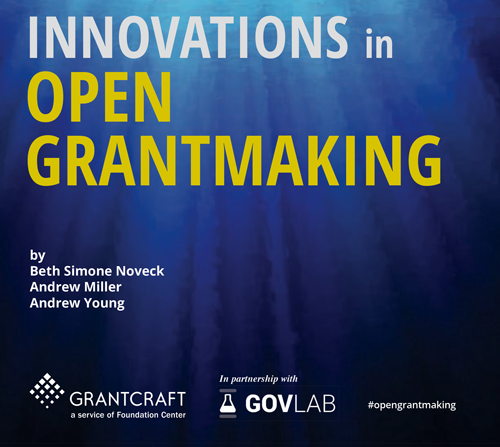Funder’s Forum: The National Grid Foundation A conversation with Robert G. Keller
“The National Grid Foundation was originally established as the KeySpan Foundation in 1998. The foundation benefits from a very involved and proactive board of directors that represents a diverse mix of professions and geographic locations. Our giving policy stems from our board, and with their encouragement, we constantly evaluate and assess our giving and ways of doing business.
“Our broad funding categories are education and the environment, which gives us quite a bit of latitude in terms of the types of programs that we fund. And we are very adaptive to community need within those categories. We pride ourselves on listening to those we serve, understanding what type of programming within our funding categories best fits the communities, and tailoring our grantmaking to align with emerging needs.
“We do our grantmaking within the footprint in which the National Grid corporation provides gas and electric services, so we serve an incredibly diverse geographic region comprising a great deal of New York State including most of New York City, Long Island, Buffalo, Syracuse, and Albany, as well as Massachusetts, Rhode Island, and parts of New Hampshire. To serve this area effectively, we rely heavily on our board members to provide local contacts and to give us perspective on the issues of greatest importance to the communities within those different regions. Beyond that, we have worked to develop a network of community and business thought leaders across our footprint that we tap frequently to understand the dynamics of their respective communities.
“We have been working in the education space since 1998, and we continually evolve our focus and micro funding policies within the larger educational space in order to stay current and ensure that we reflect what's important to different communities. For instance, we do a lot of pre-college prep work in Syracuse. We fund a couple of great programs, one through an organization called Mercy Works, and another called On Point for College. Both focus on preparing kids from underserved backgrounds — many of whom are first-generation college students — to succeed in college. These programs meet a need we had not identified back in 1998.
“We have also invested in a number of programs over the years that we have found work well across our areas of operation. One of the things we learned early on was that all kids respond well when they are rewarded for their performance, and that the best people to decide who should be rewarded are classroom teachers, because they are most familiar with what the students are doing on a daily basis. Yet many teachers, particularly in inner city urban areas, do not have enough tools in their toolkits to provide kids with motivational activities. So we developed a number of programs, such as "Hoops for the Stars", which is an incentive program for middle school students who are rewarded with tickets to college basketball games when they do well in school.
“To make difficult determinations about which organizations to invest in, we look at each applicant's operating history within a community and at how successful it has been. While there may be several organizations within a particular funding category that do quite well, if we have to make choices we are going to pick the organization with the best track record, taking into account factors such as how it measures its results and how effective it is, as well as how efficiently it operates. As a foundation that does not fund operating expenses related to an organization's activities, we want to see how much of its current funding goes into programmatic activities. We realize that different organizations have different styles and incur different expenses, but to put a fine point on it, some organizations just operate far more efficiently than others and put more of the funding that they receive directly back into the programs and into the community, which is very important to us.
“We have been successful when we identify partners who are not only very engaged in the community, but also have the capacity and the knowledge to implement programming in the most meaningful way. So for instance, with our Hoops for the Stars program, we work with Syracuse University, Providence College, Siena College and the University of Rhode Island since they are quite literally rooted in the communities in which their campuses reside. In short, our partners have the knowledge and contacts at both the campus and community level to make those programs successful.”






